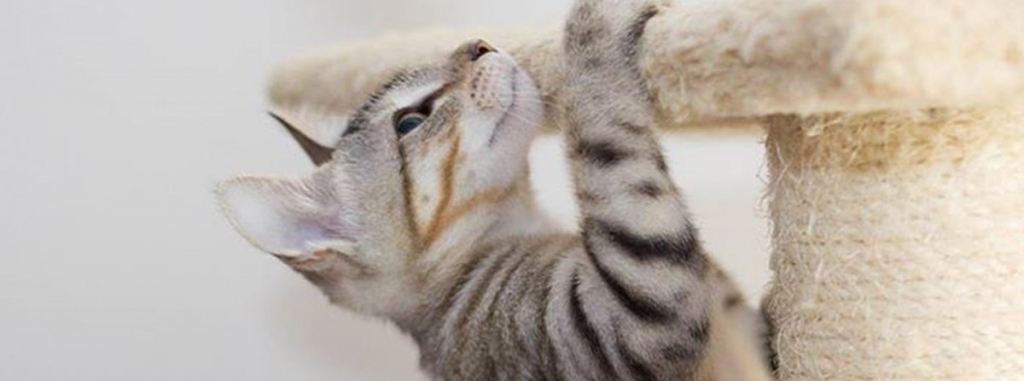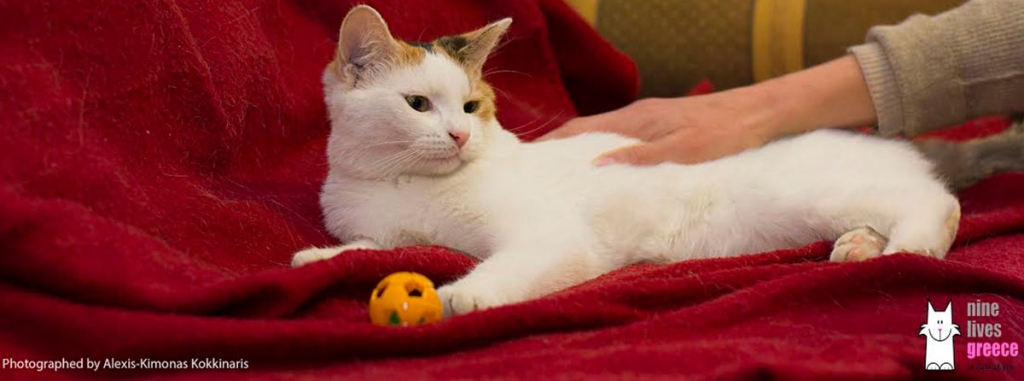How to adopt
Interested in adopting a cat from Nine Lives? Wonderful! Thank you for offering a stray kitty in need of a loving home! We always know of many, many cats and kittens rescued from abject circumstances or near-death situations who need caring, permanent homes; some are in our own homes or foster homes or colonies we take care of, but we are also sent numerous ads by other people and groups who have found cats or kittens that need homes. So we have a multitude for you to choose from to find the best match for your home and living situation. You can find details of many of the cats and kittens currently looking for homes on the Adoptions page of our website and on our Facebook page Nine Lives Adoptions, but we can also email you a fuller, more up-to-date list, or details on specific cats or kittens.
We always like to talk to you to get a full picture of your needs and expectations concerning a kitty, and discuss important issues with you like neutering, holiday arrangements and safe balconies. Wherever possible, we bring the cat or kitten to you, so as to do a home visit and check at the same time, and to be on scene to help with settling the kitty into its new home. We also ask you to sign an adoption form, verifying that you will take good care of the cat, that you will get it neutered when old enough (if not already done) and that, if for some reason you are no longer able to keep the cat, you contact us immediately so that together we can make a responsible plan for the cat’s future.
Adopt a cat
Thank you so much for your interest in adopting a cat/kitten from Nine Lives! In order to match you up with the most appropriate kitty candidates, we would appreciate it if you could fill in the following form.
Foster
If you would like a cat’s companionship, but cannot commit to providing a long-term home, then our fostering programme is an equally wonderful way to help! We always need temporary homes for cats or kittens while we try and find them a permanent home. Equally, we often need a safe environment where cats can get a couple of days rest and recuperation after or whilst receiving treatment.
Please contact us at ninelivesgreece@gmail.com if you are interested in fostering a cat or kitten in need of a temporary home.
Bringing your cat home
Thank you for saving a street cat’s life and giving him/her a new, wonderful, happy life with you! The fact that you are thinking of adoption means that you will already (we hope!) have established that you are ready to give a responsible, caring home to a cat for the rest of its life, have discussed it with the whole family and considered how your existing pets (if you have any) will take to the idea of a newcomer. To help you prepare for your new family member’s arrival, and to help him/her settle in and integrate, we offer some advice and notes to ease the introduction.

Checklist for before the cat comes home:
- Is everyone in your family committed to having a cat? Are they aware of the duties and responsibilities involved? Have they come to terms with the fact that their precious ornaments will probably need to be put away for the foreseeable future (look on the bright side, it’s easier for dusting!) and the sofa will probably end up with an interesting fringed effect? If anyone has an allergy, have they discussed this with an informed doctor and taken the necessary precautions? Have you made plans for who will look after the cat when you go away? Is everyone in the family prepared to let the cat or kitten settle in quietly in his/her own space and time?
- Do the cat’s shopping:
- – Litter tray (we recommend a lidded version, which means more privacy for the cat and less litter scattered onto the floor for you to clear up) and litter scoop.
- – Cat litter – ideally, whatever brand the cat has been used to, at least for the initial settling-in period.
- – Cat food: the type and brand that the cat has been used to eating.
- – Food and water bowls.
- – A scratching post that allows the cat to stretch completely while scratching his/her nails.
- – Cat toys: a variety of textures and types, until you find out which are his/her favourites. We recommend dangly toys on a wand for kittens, as they mean the kitty’s teeth and nails are further removed from your hands.
- – A soft, warm bed, if possible in a place where there is plenty of sunlight, or at least a nearby heat source.
- – A sturdy and secure cat-carrier cage, which you will need to bring your cat home in, and to transport to and from the vet and for any other trips.
- – A cat-brush (we recommend a Zoom Groomer) and nail-clipper.
- Cat-proof your house: Put paraphernalia that the cat could swallow, chew or break behind closed doors. If you leave out fragile items, don’t be surprised if they get knocked off and broken. Pens, pencils, keys may need to be kept in drawers, if you don’t want to spend your time grovelling under appliances to find where they have been batted. You may need to tape wires to the floorboards. Put away toxic cleaning products and human medication, and give away pot-plants that are poisonous to cats. Have a good look at your balcony to see all possible ways a cat could jump/fall through or off it. We recommend casing the balcony from the floor to about half a metre above the rail with plastic fencing, bamboo or sturdy netting, all the way round.
- Arrange an appointment with your vet. Every Nine Lives cat or kitten given for adoption has been vaccinated and preventatively treated for parasites (internal and external). If the cat is old enough, we will have already spayed/neutered it. But we strongly recommend taking the cat to your vet (or, if you don’t have a vet, one of the vets we work with) for a complete health check, and, if necessary, repeat anti-parasite treatment and booster vaccination before taking him/her home. If you adopt a kitten that has not yet been spayed/neutered, it will need to be done at 5-6 months, before he/she reaches maturity (you will have signed up to this on the adoption form). The operation can be arranged through Nine Lives with one of our collaborating vets, if you prefer.

- Remember that cats don’t take kindly to changes. The cat that seemed confident and affectionate in his or her foster home might become shy, withdrawn or even aggressive, until adapted to the new surroundings. If it is a cat that has never lived inside a house before, he or she may simply retire under a sofa or bed and need weeks or even months to realise that, actually, this isn’t so bad after all!
- To make the cat’s transition to your house as comfortable as possible, select a quiet, closed-in area, such as your bedroom or a small room, where you can set up the litter tray, bed, food, water, toys and scratching post. This safe space is where your cat will start to get his or her bearings, smell the new scents, hear the new sounds, without being overwhelmed by the whole house and family at once. Leave the carrier on the floor with the door open, so that the cat can come out when he/she feels ready. Spend time in the room with the cat, talking gently, perhaps sitting in a chair or on the bed reading, just for the cat to start to get used to your voice and presence. If he or she is hiding under the bed, don’t worry, and don’t try to force him out. When he’s ready, he’ll emerge.
- Introducing the cat to the rest of the house: You will tell when the cat is ready. Some cats are bursting with confidence and are eager to get out and make friends as soon as possible. Some meow plaintively as soon as you close the door on them, in which case you will probably move to this stage fairly quickly! Others want to take their sweet time getting used to the new place, week by week, room by room. Make sure that the cat always has access to his ‘safe space’ to retreat to whenever he or she feels nervous or threatened.
- Introducing the cat to the rest of the family: Take it slowly! If you have children, bring them in one by one, at intervals, to meet the new arrival in his or her ‘safe space’. If the cat is relaxed and confident, he or she will ask for strokes and cuddles, but if the cat is unwilling and nervous, ask the child just to sit quietly so that the cat can start getting used to the unfamiliar presence. If you have other pets, let them sniff the new one under the door of his ‘safe space’, then gradually let the resident cats/dogs in one by one to meet the newcomer. You can introduce a more confident cat or kitten by bringing him/her into the main part of your house in a carrier cage or crate, just to sit there looking at the surroundings while the other animals have a sniff. This is not recommended for very nervous cats, though.
Thank you and good luck! We wish you a very, very happy next 15-20 years together!

